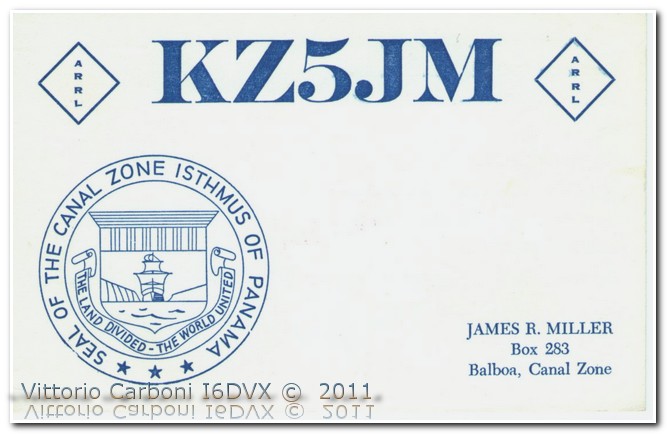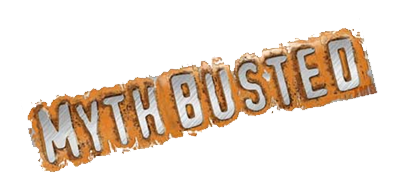
The title, provocative, connecting to a successful television series broadcast in Italy by Sky. Translation, more or less literal, is tantamount to destroying myths. The opportunity to emulate the team of Myth Buster came when, in an attempt to infect with the virus grandson of radio and electronics in general, I decided to build with him a crystal radio.
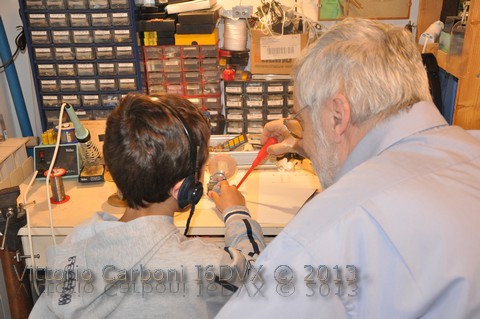
First a quick search on the Net to find the information needed and refresh old memories. Then after finding the materials you need, wanting to avoid a bad impression, a quick preliminary check of operation. Certainly the most intriguing and obsolete is the inductor to the bottom of the basket.
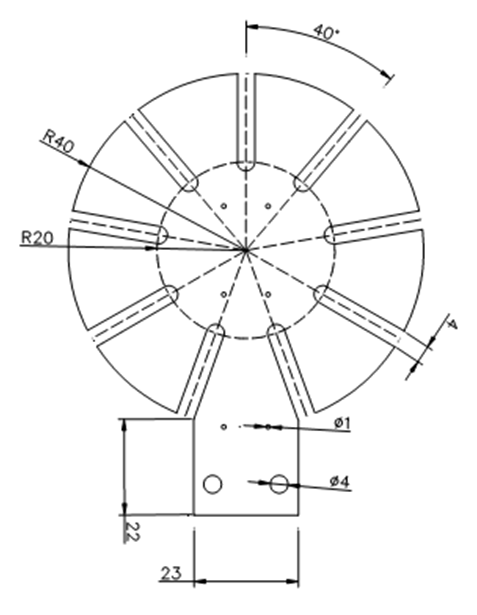
Its realization, in the simplest form, involves the construction of a support, generally circular in shape, with a series of radial openings, strictly in odd number. This arrangement ensures that by wrapping the coil, the adjacent turns lie on alternate sides of the support, thus reducing capacitance from wire to wire. Above is a possible template for the realization of the support. Any of the insulating support and drive. Personally, I used a laminate of resin with a thickness of 0.5 mm.
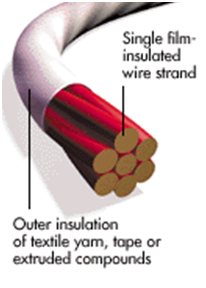 Where is the myth to dispel? I still remember the call of the old ham radio, which I have initiated a passion for radio, using the Litz wire for winding the coils. The Litz wire, a very common several decades ago, is a conductor composed of several wires between them isolated and compacted together by a textile lining. Unlike the classic monofilament enamelled copper the Litz wire reduces the skin effect [1] very evident at high frequencies. So it is really useful to make the coil with Litz wire even at relatively low frequencies as the medium wave?
Where is the myth to dispel? I still remember the call of the old ham radio, which I have initiated a passion for radio, using the Litz wire for winding the coils. The Litz wire, a very common several decades ago, is a conductor composed of several wires between them isolated and compacted together by a textile lining. Unlike the classic monofilament enamelled copper the Litz wire reduces the skin effect [1] very evident at high frequencies. So it is really useful to make the coil with Litz wire even at relatively low frequencies as the medium wave?
To search for what have been realized two supports: one was wrapped on a reel (about 50 turns) with monofilament enamelled copper of about 0.3 mm in diameter. The second identical stand was a second coil wound with Litz wire consists of 20 wires, each with a diameter of 0.07 mm, with a total area of approximately 0.077 mm2. The initial number of turns was 50, then some of the windings have been removed in order to obtain an inductance similar to that of the first coil. The characteristics of both were subsequently measured using a VNWA2 the frequency of 1 MHz: the results are reported in the following table.
|
Conductor |
Inductance µH |
Series Res. Ω |
Quality Factor Q |
| Mono Wire 0,3 mm | 179,18 | 15,50 | 78 |
| Litz Wire 20 x 0,07 | 176,52 | 7,95 | 159 |
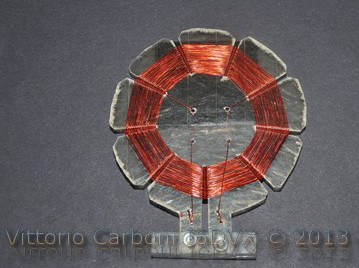
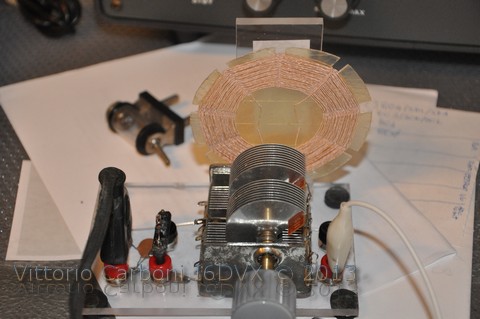
As can be seen, already just 1 MHz to reduce the skin effect is such as to make more than double the figure of merit of the coil. So the old advice is still valid!
I thank Gabriel, IK6QNE for the material, the availability and valuable advice.
To stay in theme with the title ...
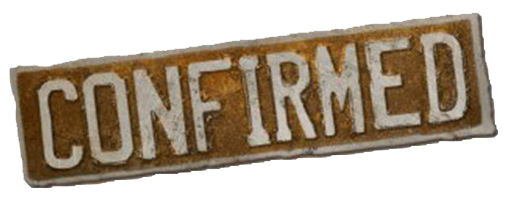
[1] For more info: http://it.wikipedia.org/wiki/Effetto_pelle





